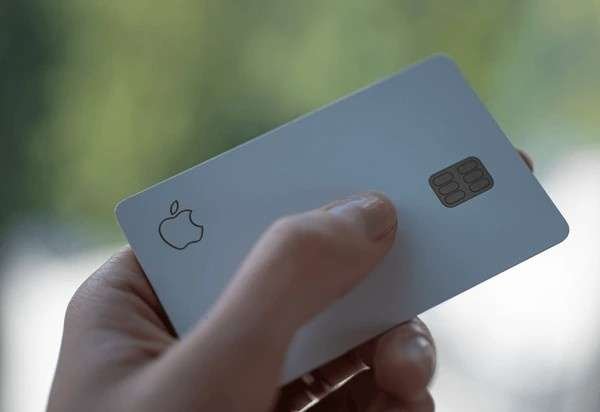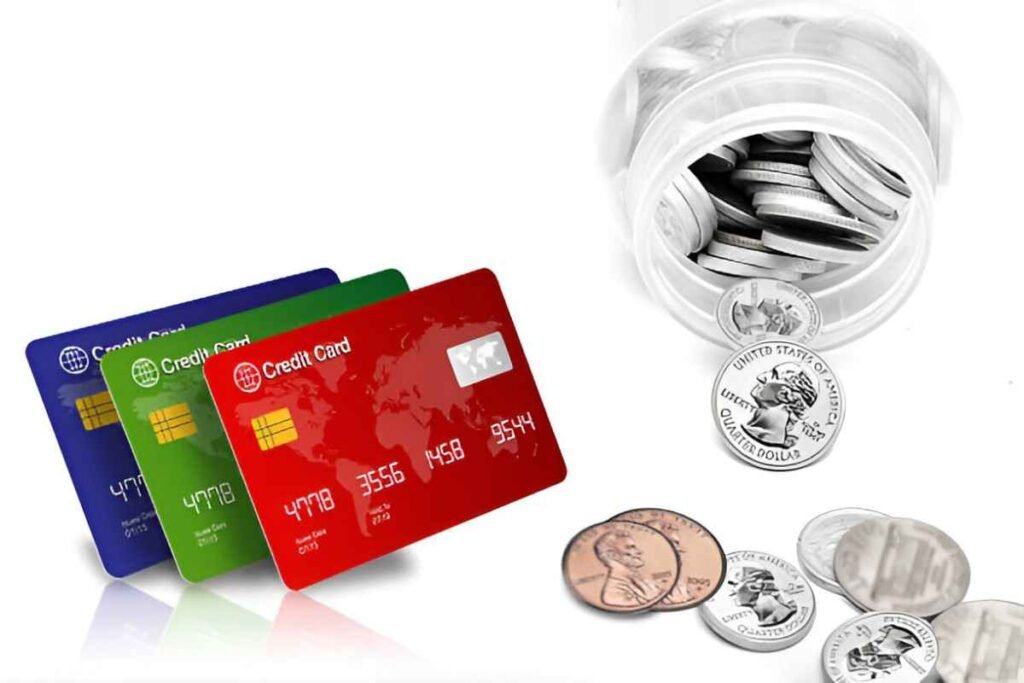Fintech credit cards have transformed the financial landscape, offering innovative features and benefits that traditional credit cards often lack. With a focus on technology, user experience, and financial empowerment, these cards cater to various needs. In this article, I will explore some of the best fintech credit cards available in the USA, diving into their features, benefits, and potential drawbacks.
Table of Contents
What Makes Fintech Credit Cards Unique?
Before I get into the specific cards, it’s essential to understand what sets fintech credit cards apart from traditional ones. Fintech companies leverage technology to offer unique features, such as real-time spending alerts, budgeting tools, and often more favorable terms. They aim to provide a seamless user experience through mobile apps and other digital platforms, making managing finances easier and more intuitive.
Top Fintech Credit Cards in the USA
1. Apple Card
The Apple Card, launched by Apple in partnership with Goldman Sachs, represents a significant step forward in the fintech space.
Key Features
- Integration with Apple Pay: The Apple Card seamlessly integrates with Apple Pay, allowing users to make secure payments using their iPhone, Apple Watch, or other Apple devices.
- No Fees: Apple Card has no annual fees, foreign transaction fees, or late payment fees. This can be a significant saving for many users.
- Daily Cash Back: Users earn daily cash back on every purchase—3% on Apple products and services, 2% when using Apple Pay, and 1% with the physical card.
- Privacy and Security: The card number is stored on your device, not on Apple’s servers, and each transaction requires authorization through Face ID, Touch ID, or a secure code.
Benefits and Drawbacks
The seamless integration with Apple devices and the no-fee structure are significant benefits. However, its utility might be limited for those who don’t use Apple products or prefer physical cards for all transactions.
2. Chime Credit Builder Visa Card
Chime offers a unique credit card designed to help users build credit without the risks associated with traditional credit cards.
Key Features
- No Credit Check: Chime does not perform a credit check for approval, making it accessible for those with poor or no credit history.
- No Fees: No annual fees, interest, or security deposits are required.
- Credit Building: Chime reports to all three major credit bureaus, helping users build their credit scores.
- Spending Control: Users can only spend money they transfer from their Chime Spending Account, preventing them from accumulating debt.
Benefits and Drawbacks
The Chime Credit Builder Visa Card is an excellent tool for building credit, especially for those new to credit cards. However, the requirement to have a Chime Spending Account and the need to preload funds can be seen as limitations.
3. Petal 2 “Cash Back, No Fees” Visa Credit Card
The Petal 2 Visa Credit Card offers a refreshing approach to credit, focusing on transparency and user empowerment.
Key Features
- Cash Back: Earn 1% cash back on eligible purchases immediately, up to 1.5% after making 12 on-time payments.
- No Fees: No annual, late, or foreign transaction fees exist.
- Credit Reporting: Petal reports to all three major credit bureaus, helping users build their credit history.
- Budgeting Tools: The Petal app offers tools to help track spending and manage finances effectively.
Benefits and Drawbacks
The Petal 2 card’s lack of fees and cash-back rewards make it an attractive option. However, its approval process can be stringent, relying on credit scores and a detailed cash flow review.
4. Tomo Credit Card
The Tomo Credit Card aims to provide credit access to those often overlooked by traditional banks.
Key Features
- No Credit Check: Like Chime, Tomo does not require a credit check for approval.
- No Fees: There are no annual fees, interest rates, or foreign transaction fees.
- High Credit Limits: Tomo offers high credit limits based on income and other financial factors.
- Weekly Payments: Users must make automatic weekly payments, which helps build good credit habits and prevent debt accumulation.
Benefits and Drawbacks
The high credit limits and no-fee structure are significant advantages. However, the requirement for weekly payments might not suit everyone, particularly those who prefer monthly billing cycles.
5. Deserve EDU Mastercard for Students
Designed specifically for students, the Deserve EDU Mastercard offers a range of benefits tailored to the needs of young adults.
Key Features
- No Credit History Required: Ideal for students new to credit; Deserve does not require a credit history for approval.
- Cash Back: Earn 1% cash back on all purchases.
- Amazon Prime Student: Get a complimentary year of Amazon Prime Student, a significant benefit for college students.
- No Fees: There are no annual fees or foreign transaction fees.
Benefits and Drawbacks
The Deserve EDU card’s focus on students, cash back, and no fees make it a strong contender. However, the 1% cash-back rate is relatively low compared to other cards, and its benefits are more narrowly targeted.
Factors to Consider
When evaluating fintech credit cards, it’s important to consider them from multiple perspectives.
Financial Inclusion
Many fintech credit cards, like Chime and Tomo, aim to provide financial inclusion for those who might not qualify for traditional credit cards. This democratization of credit access can help individuals build or rebuild their credit, offering a pathway to better financial health.
Technological Integration
Fintech credit cards often leverage technology to provide a superior user experience. Apple Card’s integration with Apple Pay and Petal’s budgeting tools are prime examples. These technological features can make managing finances more intuitive and less time-consuming.
Fee Structures
The absence of fees is a common theme among fintech credit cards. This contrasts with many traditional credit cards that often come with annual, late, and foreign transaction fees. For users seeking cost-effective credit solutions, fintech cards can offer significant savings.
Credit Building
Fintech credit cards can be excellent tools for building credit. Cards like the Chime Credit Builder Visa Card and Petal 2 Visa Credit Card report to all three major credit bureaus, helping users establish or improve their credit scores. This can open doors to better financial products and terms in the future.
User Control
Many fintech credit cards offer features that give users more control over their spending and finances. Chime’s spending control and Petal’s budgeting tools help users manage their money better and avoid debt. This empowerment can lead to better financial habits and outcomes.
Conclusion
Fintech credit cards offer a fresh approach to credit, leveraging technology to provide innovative features and benefits. The Apple Card, Chime Credit Builder Visa Card, Petal 2 Visa Credit Card, Tomo Credit Card, and Deserve EDU Mastercard each offer unique advantages that cater to different needs and preferences.
You can choose the fintech credit card that best meets your needs by considering factors like financial inclusion, technological integration, fee structures, credit building, and user control. These cards represent the future of credit, providing tools and features that empower users to take control of their financial lives. Whether you’re looking to build credit, save on fees, or enjoy a seamless digital experience, there’s a fintech credit card out there for you.





